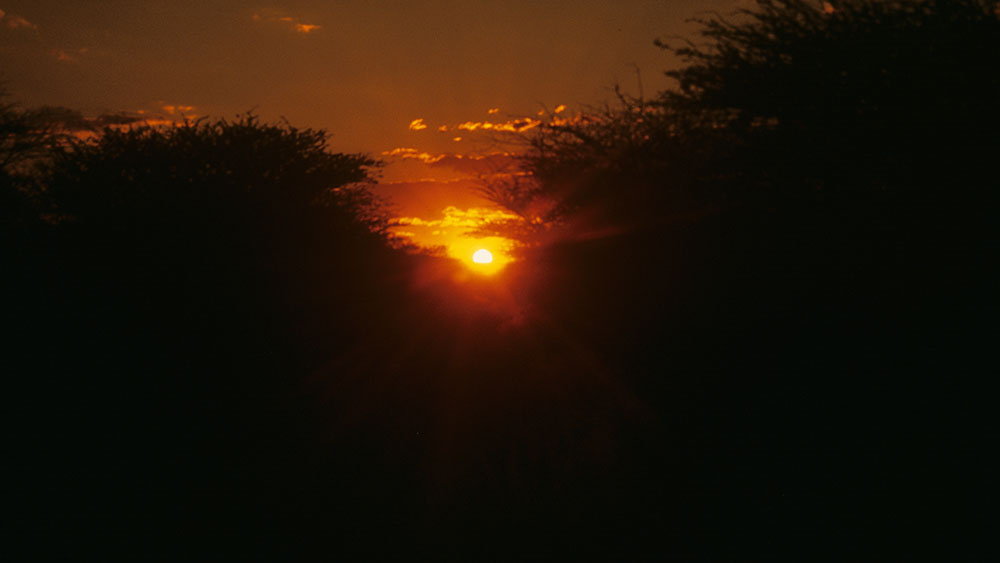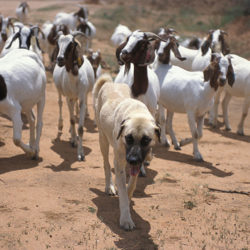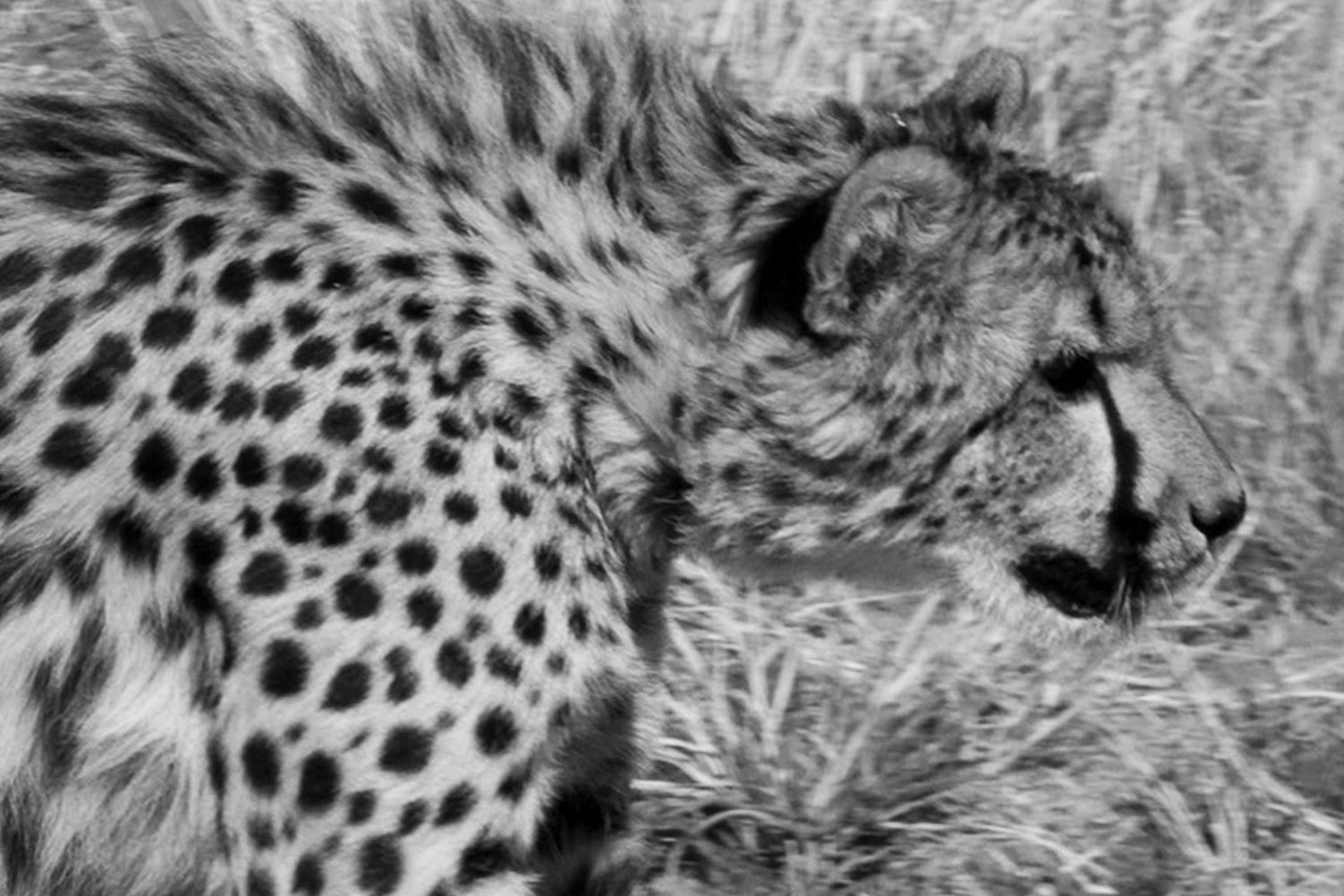A Volunteer Story – Kathleen Ager
-

- by Kathleen Ager October 30, 2019

Namibia is a land of stunning sunsets, brilliant three-dimensional night skies, breath-taking arid landscapes and, best of all, amazing wildlife. However, my purpose in visiting this young and forward-seeking country was none of the above. It was to fulfil a life-long dream of a close encounter with the oldest, fastest and most graceful of the big cats, the cheetah, and do my bit to contribute to its race for survival. The rest was just a bonus.
The land, its people, and the adventure involved in staying and volunteering at the Cheetah Conservation Fund’s compound surpassed all my expectations. Sure, for someone used to a desk job in air-conditioned comfort, there were physical challenges involved. November is the end of the dry season, and temperatures were soaring, the sun was relentless, and I had not done my homework in regard to the altitude. However, I would be happy to repeat the experience tomorrow. In fact, I can’t wait to return.
I was surprised by the size of the CCF Centre’s property. One of CCF’s farms, called Elandsvreugde (meaning “Eland’s Joy), even includes a runway strip. There is the sheer size of the land, which appears to cover as far as the eye can see, up to the beautiful Waterberg Plateau. It agglomerates seven farms including a number of large cheetah habitat enclosures to shelter the current 50 or so resident cheetahs, all of them rescue animals. A portion of these will be rehabilitated and returned to the wild; for those who are physically and psychologically unfit to survive in the wild, this will be their permanent home. There is a genetic laboratory, a research centre and a clinic – the more we find out about the cheetah, the more tools we will have to help it to survive; the CCF is also the keeper of the International Cheetah Studbook. But the land also carries a thousand head of prime cattle (Cheetah Friendly Beef), goat herds, a creamery producing goat cheeses and ice-cream, and a factory manufacturing fire logs made from local acacia, a species encroaching on the land to the detriment of other savannah plants and cheetah habitat. Most important of all, is the Livestock Guarding Dog Programme, which assists the cheetah by providing Namibian farmers with predator protection. This program is an important tool in the challenge of changing a well-embedded mindset and transforming the perception of the cheetah as vermin into that of an important asset for tourism and a healthy ecosystem. There is an education centre, a restaurant, a guesthouse and a gift shop, as the centre is open to the public for visits and activities. All in all, the CCF employs over 90 people, an achievement for a charity. And the dedication and welcome of the staff and interns, headed by the remarkable Dr Laurie Marker, are exemplary.
CCF days usually start at dawn, to avoid the heat. Not much time to admire the glorious morning skies. Various tasks await, from walking the dogs whose task is to detect the scat of wild cheetahs, to cleaning the goats’ kraal, or preparing meat and feeding the resident cheetahs. For me, the most exciting activities are the wildlife counts; these are normally done at dusk or at night, from one of the rather rickety safari vehicles, or from dawn to dusk from a hide at a waterhole. On one of these occasions, I saw nine giraffes together, drinking at one of the CCF’s waterholes! In the heat of the day, volunteers help with office work – in our case, scanning archives. Following the recent tragic fire, in which the visitor’s centre was destroyed by lightning, this has become a priority to ensure that all paper documents are preserved in digital format.
For the weekend, the CCF helped to organise for us to visit Etosha National Park, with a very knowledgeable guide. There we saw elephants, lions, hyenas and even a couple of rhinos, all in a magnificent setting presented with careful consideration for the environment, due to the foresight of the Namibian Government who enshrined conservation in the national constitution.
The work is a price I willingly paid for precious memories: a glimpse of a rare albino jackal, a family of banded mongoose scurrying around in the undergrowth, a majestic male kudu with his pretty females, a Kori Bustard in display, and, especially, gazing into the stunning amber eyes of a purring cheetah.
I will be back!
Related Reading
-
May 30, 2018
Jamie’s time at CCF

